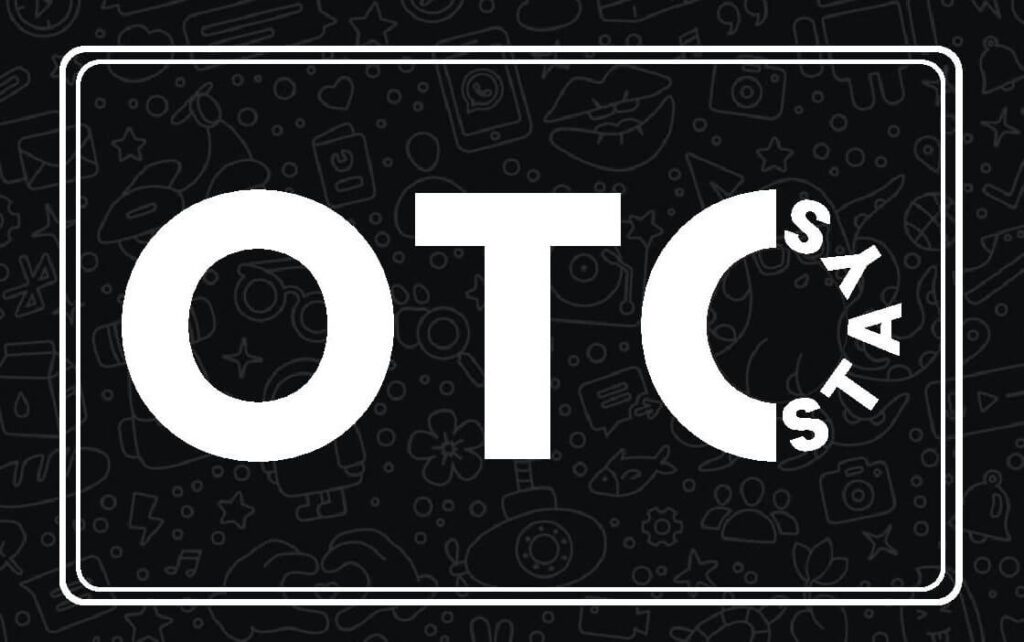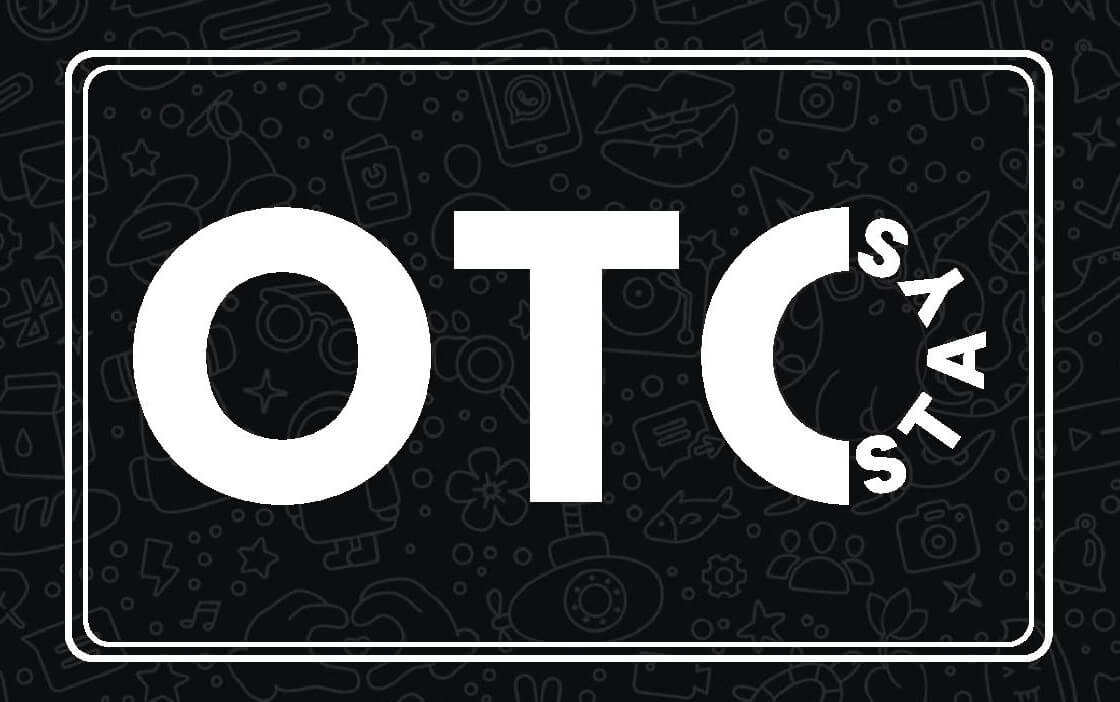
10 Meetups On Adhd Symptoms For Women You Should Attend
ADHD Symptoms in Adults Test
It is important to know your symptoms if it’s believed you might have Attention Deficit Hyperactivity Disorder or adhd adult female symptoms. There are a range of tools and resources available to help you gain more understanding of your symptoms and treatment options.
Self-assessment tools
An ADHD self-assessment instrument could be a viable option for adults with ADHD symptoms. These tools can provide details about your situation that could assist you in determining whether you need a medical professional examine you. Making a diagnosis of ADHD is the first step to treatment. Although ADHD symptoms might appear like other disorders, it is essential to speak with a doctor who is able to assess the situation.
One of the most widely used self-assessment instruments for adults with ADHD is the World Health Organisation Adult ADHD Self-Report Scale. This questionnaire contains questions that will measure hyperactive-impulsive and inattentive symptoms of ADHD. It was created by the World Health Organization (WHO), and is included in international guidelines for ADHD.
The Women’s ADHD Self-Assessment and Symptom Inventory is a self-assessment and self-assessment device. This questionnaire was developed by two psychologists and focuses on challenges that are common to adult life. It also asks questions about fidgeting, distractibility, and difficulty sitting. The questionnaire has been translated into many languages.
There are a variety of websites that offer self-assessment tools for free. You can also find online tests that give you an assessment score for ADHD. They will give you the diagnosis of your disorder and also suggestions for making lifestyle adjustments. A lot of websites provide online consultations.
The Weiss Functional Impairment Checklist can be another tool that may be helpful. It lists signs of emotional dysregulation, which is one of the most debilitating aspects of ADHD. The Adult ADHD Self Report Scale requires that you rate the symptoms on a scale from very rarely to extremely frequently. You can download your results after you have completed the test. A score of four or more is considered as a diagnostic score.
Another self-assessment tool to help with ADHD is the ASRS Screener. It evaluates symptoms and scores. The questionnaire was created to elicit meaningful conversations about ADHD in adults. The questions can be completed on your own or taken to your appointment with your doctor.
Adult ADHD is often wrongly diagnosed. While it is possible get a diagnosis from an online magazine or article, it is not always precise. Even though the results are based upon valid criteria, it is possible for a patient be mistakenly diagnosed if they do not have clinically significant signs or if the diagnosis is based on symptoms of relatives. For instance, a patient with an ADHD diagnosis may also be suffering from one of the mood disorders, such as depression. Someone who exhibits an impulse-driven behavior can suffer from anxiety or an obsessive compulsive disorder.
The World Health Organisation Adult ADHD Self-Report Survey v1.1 has six questions, which measure symptoms of hyperactive-impulsive ADHD and inattentive ADHD. The results are presented as scores, subscales, and the answers to the questions. Some of the questions will require interpretation by a professional and scoring.
Treatment options for adults suffering from ADHD
When an adult suffers from ADHD symptoms such as sleeplessness, difficulty waking in the morning, and problems in concentrating can hinder their daily functioning. These symptoms could also be indicators of other ailments that are why it is crucial to consult a doctor as soon as possible. It is possible to receive medication, behavioral strategies or life skills education. It’s important to work with a specialist or primary care provider to find the appropriate treatment for your needs.
Many of the treatments used for ADHD in children and adolescents are similar to those used for adults. For example, the first line of treatment is stimulants that slow the absorption of neurotransmitters within the brain. This allows the brain to communicate more quickly. Counseling is often paired with stimulants.
In addition to stimulants, nonstimulants could be prescribed for specific cases. Atomoxetine (Strattera) is one nonstimulant drug that has been approved for ADHD. Nonstimulants show a shorter onset and less likelihood of abuse. They are also used to treat depression, anxiety and other health problems.
Therapy and medication can be combined to help those suffering from ADHD symptoms. Cognitive behavioral therapy can teach people how to manage stress and how to alter negative thoughts and behaviors. Antidepressants also help reduce anxiety and improve mood. Meditation, yoga postures, relaxation techniques are all possible methods to control ADHD. These techniques can help decrease the impulsivity of children and improve attention.
Adults with ADHD are at risk for developing comorbid disorders such as bipolar disorder. Studies have shown that people with comorbid disorders are easily treated. Most adults with ADHD suffer from a comorbid disorder that lasts for a few months or years. If you suffer from ADHD and an anxiety or mood disorder, it is important to discuss the treatment options with your doctor.
There are a number of support groups specifically for people suffering from ADHD. These groups are available on the internet or in your local community. A membership in one of them can provide you with a safe place to share your experiences with others as well as learn how to handle the issues of life.
Therapy can be beneficial for coping with stress and improving your relationships with others. Marriage and family therapy can aid you and your loved ones deal with problems. Classes to improve communication and problem-solving skills can also be helpful. Talk therapy can also prove to be very effective, especially if it helps with the burden of emotional issues and low self-esteem.
Adults suffering from ADHD might require special accommodations in college or in school. The Americans with Disabilities Act can help you get the help you require.
If you experience an adverse reaction to medication, your doctor may alter the dosage or prescribe an alternative drug. Long-acting medicines are more convenient than taking a pill every couple of hours. Your focus will be improved when you follow a routine sleep schedule.
Treatment for ADHD in adults isn’t an end-all-all solution however, it can make a huge difference in your life. Consult with your primary care doctor or talk to your family and friends and test different treatment options.
Signs of ADHD in adults
ADHD in adults is a condition that affects attention, time management and emotional control. ADHD symptoms can impact your work and personal life. But there are ways to overcome them. You might be surprised at how much you can accomplish with your condition. It is crucial to get an accurate diagnosis and understand how to manage your symptoms.
Your symptoms will vary depending on the kind of ADHD you have. Inattention and hyperactivity are the most common symptoms of ADHD. Adults with ADHD may have trouble managing their emotions and tend to be easily distracted by the sights and sounds around them. They also have a difficult time following directions.
Other symptoms of ADHD include impulsivity and forgetfulness. It can cause problems both at work and in your relationships. Impulsivity can take many forms, ranging from lavish spending to risky behaviour. It can affect your ability to manage your impulses and influence your relationships with others.
You will be asked about your medical history and otostays.com your childhood when you visit the doctor for a checkup. The doctor will also inquire about your family members and your friends. An ASRS-5 questionnaire may also be requested by your physician. This self-report questionnaire is designed to identify ADHD in adults who are not yet diagnosed.
The adult ADHD self-report scale will give you a better idea of the symptoms you are experiencing. It is a simple test to take and can take just some minutes. As you answer the questions, your provider will ask you to describe your life, your family as well as your personal habits.
Adult ADHD symptoms are easier to be identified than in children. However it can be difficult to spot. ADHD can trigger extreme lows and highs in adults. It is not unusual for them to experience uncontrollable reactions to simple problems. These symptoms can also cause problems with the academic achievement of children and relationships.
There are different forms of ADHD that are more difficult to detect however they are present. Hyperactive/impulsive ADHD in adults can be characterized by frequent pacing or jumping from task to task without finishing them. These symptoms typically have physical and psychological aspects.
Inattention can be an indication of various disorders which is why it is crucial to get a diagnosis. Inattention-related symptoms can be found in both adults and children however, they can be more noticeable in people suffering from ADHD. ADHD sufferers might have messy desks and counters as well as forgetting important calls. A schedule can help increase your ability to complete tasks.
Other indicators of ADHD in adults can be subtler. One of the most evident symptoms of ADHD in adults is that the core symptoms of the disorder are present for a long time. This may be due to the fact that people with ADHD suffer from other mental health issues, which could mask their symptoms. Another sign of ADHD in adults is that they tend to skip ahead in conversations. The majority of the time, they are not aware that they are doing it.
